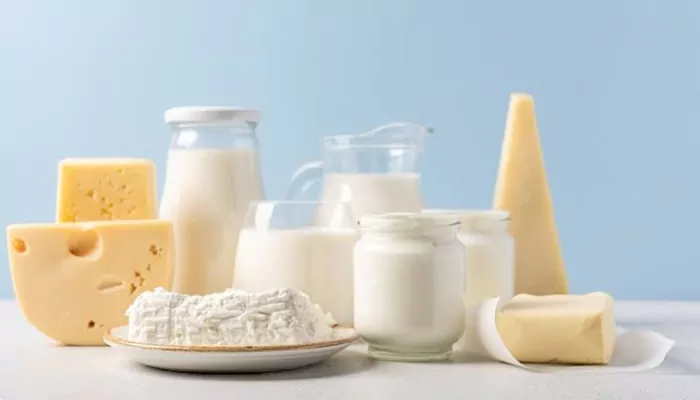
Dairy and monsoon: It’s complicated, but not cancelled.
With the onset of monsoon, Indian kitchens transform swiftly. Heavier oily curries get swapped with lighter ones, fried goodies take centre stage, and one common question echoes — “Is dairy bad for you during the rains?”
Whether it’s a glass of warm milk, a bowl of curd rice, or a steaming cup of masala chai, dairy is deeply rooted in our day-to-day lives. But with humidity, bacterial contamination, and associated digestion issues spiking during monsoon, many wonder if it's time to put the brakes on dairy consumption.
Let’s understand the health, science, and the practical tips from the experts — to help you decide what’s best for you this rainy season.
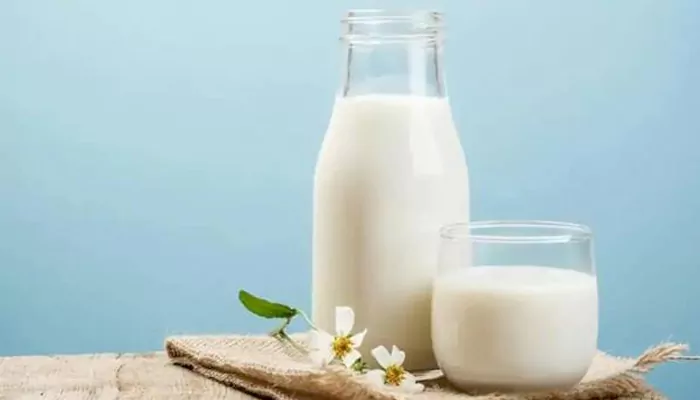
During monsoon, the weather gets cooler as well as humid, creating the suitable environment for microbial and fungal growth. This means that dairy products — which are naturally perishable — spoil much faster, especially if not stored properly.
Some common issues we observe frequently:
Milk turning sour even when refrigerated
Paneer getting slimy or rubbery
Curd developing mould or an odd smell
Lassi or buttermilk causing bloating or acidity
These aren’t because dairy is inherently bad — but because monsoon calls for smarter storage, handling and consumption.
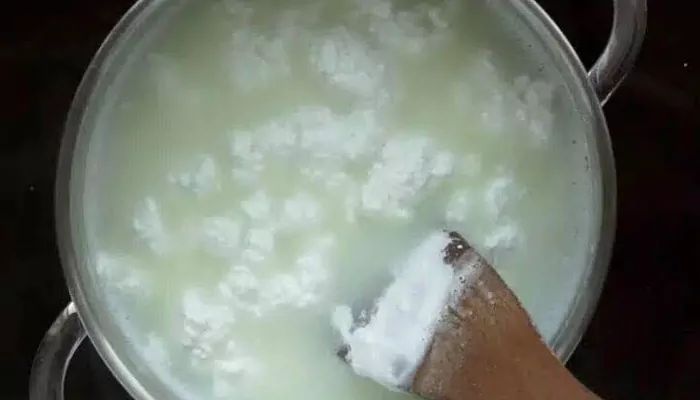
Milk, a good source of calcium, protein, and vitamins, can be safely consumed if you follow some monsoon-specific precautions:
Also, add spices like turmeric, ginger or cardamom to your milk. These not only boost flavour but also aid digestion and immunity.

Curd/Yoghurt
Curd can turn too sour too fast in rainy season. It also becomes harder to digest for some people due to increased moisture in the body.
Pro Tip: Opt for freshly set homemade curd, avoid commercially packed ones left in warm places. Add asafoetida (hing) or cumin to curd dishes to promote digestion.
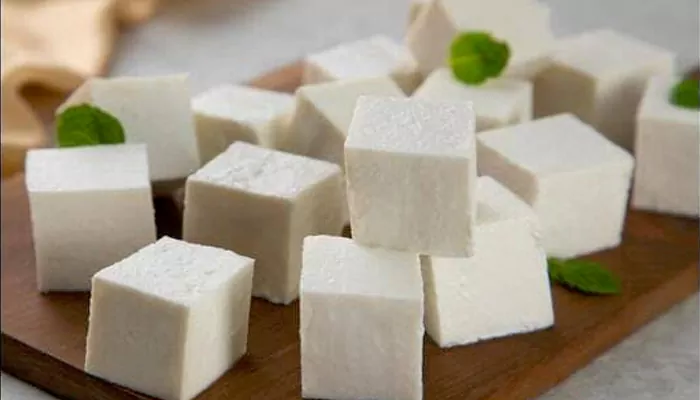
Paneer
Paneer spoils rapidly and may cause bloating or indigestion if stale. Always smell paneer before use.
Pro Tip: Not sure about the freshness of store bought ones? Make paneer at home with fresh lemon juice and use it the same day.
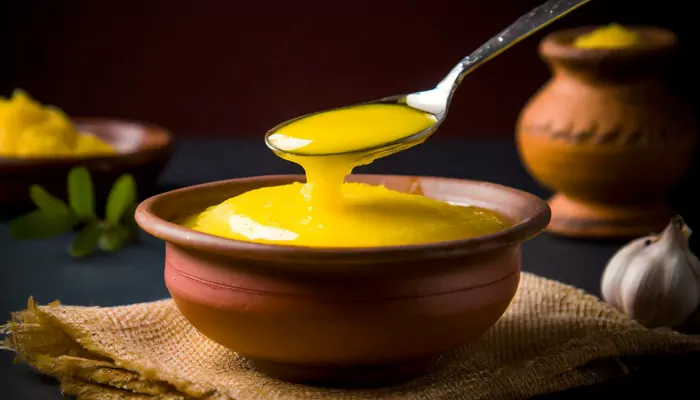
Ghee
Good news — ghee remains stable during monsoon and is even recommended in Ayurveda to balance vata and kapha doshas. It’s a safer fat compared to oils that may become rancid.
Pro Tip: Use ghee to cook light meals or drizzle a spoonful over dal-khichdi for that monsoon comfort food vibe.
There are certain scenarios where it’s best to take a break from dairy:
If you’re suffering from colds, coughs or congestion
If you have a history of lactose intolerance or weak digestion
If the product smells odd or has changed texture
If it’s from an unreliable source or stored poorly
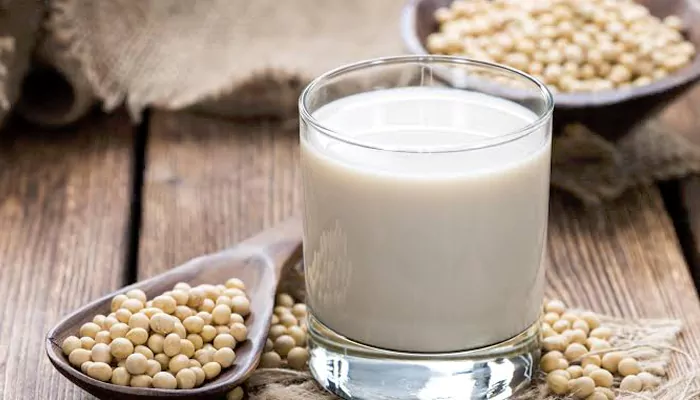
In these cases, plant-based alternatives like almond milk, soy milk, or oat milk can also be consumed.
So, is dairy bad for you in the monsoon? Not really. What’s bad is ignoring storage rules, freshness, and your body’s signals. Milk and dairy products can still be a comforting and nourishing part of your monsoon diet.
So go ahead, sip that turmeric milk or enjoy that ghee-smeared roti. Just don’t let the monsoon turn your milk moustache into a health mishap.